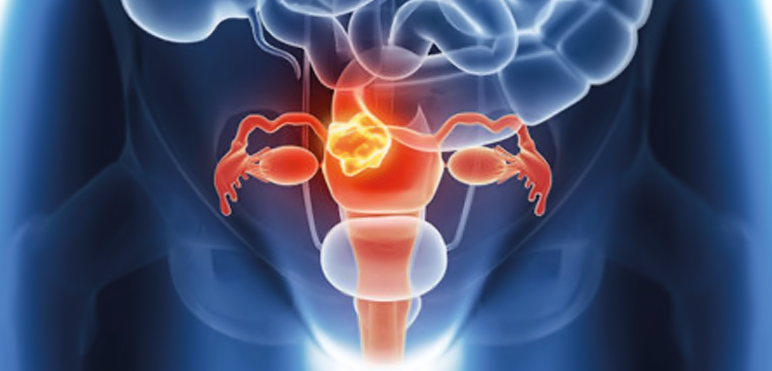Breast and Ovarian Cancer
Breast and ovarian cancer are diagnosed to almost two million women each year worldwide. Risk factors include genetic predisposition, late pregnancy, a history of hormone replacement therapy, contraception or ovarian stimulation.
HELIXGYN is a yearly prevention program for women at risk of developing breast or ovarian cancer.
HELIXGYN monitors the occurrence of specific mutations that arise in the context of breast and ovarian cancer.
TOS the relationship between the hormone replacement therapy during menopause and the risk to develop several tumors has been a debated subject for decades. Hormone replacement therapy taken after menopause increases the risk to develop breast cancer as a function of treatment duration. The risk of endometrial hyperplasia, which could be a precursor for endometrial cancer, has been shown to increase in cases where only estrogens are administered. HELIXGYN is also designed to assess the safety of hormone replacement therapy.
FIVET growing scientific evidence suggest that some sensitive tissues such as those of breast, uterus, cervix and ovary, may be subject to tumor formation after prolonged hormone stimulation.Studies have underlined a link between cancer development and treatment against infertility. Also in this case, hormones can accelerate the growth of tumor cells that may be already present in some tissues. HELIXGYN can monitor the occurence of cancer-associated mutations that may arise as a consequence to prolonged hormone stimulation.
CONTRACEPTION Hormonal therapy used as contraceptive contains endocrine hormones, which may stimulate the growth of tumors cells. HELIXGYN can help to assess the safety of contraceptive hormone treatment or hormone replacement therapy by monitoring the emergence of mutations that are associated to breast and ovarian cancer development.





